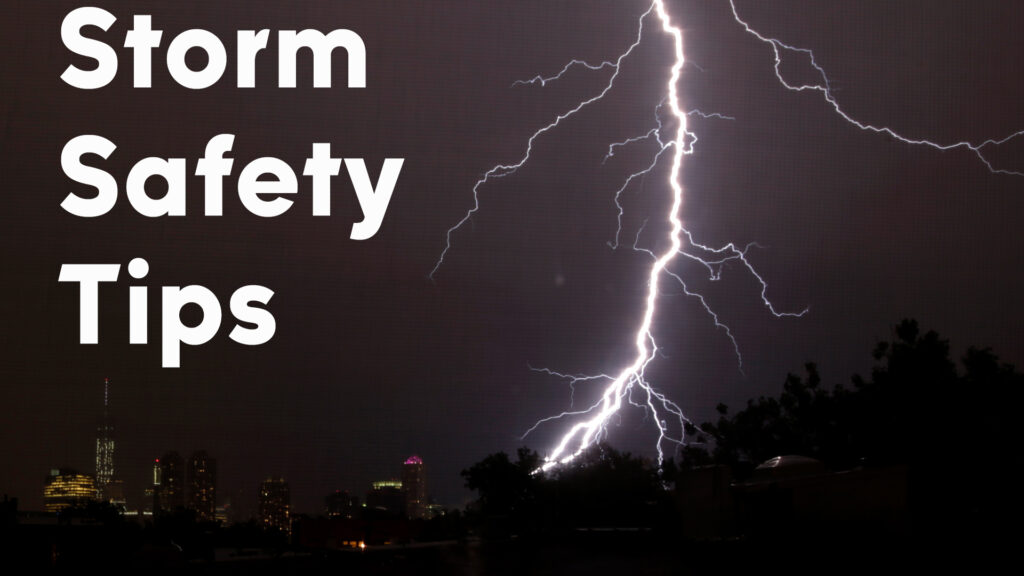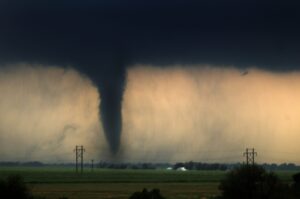
Stay Alert and Stay Safe: Preparing for Possible Severe Weather 2025

Strong winds, torrential rain, hail, and even tornadoes can all be unexpected signs of severe weather. Even though storms are a normal part of the Earth’s cycle, their severity can cause hazards and disturb daily life. Being aware, prepared, and making calm decisions are the keys to safely navigating severe weather.
Being aware and taking preventative action can make all the difference, whether you’re under a severe thunderstorm alert, hurricane warning, or tornado watch. This is your go-to resource for staying resilient and optimistic while getting ready for potential severe weather.
Understanding Severe Weather Alerts
Knowing the difference between various weather warnings can help you react appropriately:
- Tornado Watch – Conditions are favorable for tornadoes to form. Stay alert and be prepared.
- Tornado Warning – A tornado has been spotted or indicated by radar. Seek shelter immediately.
- Severe Thunderstorm Watch – A storm could develop. Monitor updates and prepare to take action.
- Severe Thunderstorm Warning – A dangerous storm is occurring or imminent. Take precautions immediately.
Being familiar with these alerts ensures that you respond proactively rather than reactively.
How to Prepare Before the Storm Arrives

Stay Informed with Reliable Sources
Knowledge is power when facing unpredictable weather. Monitor local weather reports, use trusted apps, and sign up for emergency alerts. Some useful sources include:
- National Weather Services & local meteorologists
- Emergency notification apps
- Battery-powered weather radios
Having multiple sources of information keeps you one step ahead of the storm.
Create a Severe Weather Emergency Kit
A well-stocked emergency kit is essential for safety and comfort. It should include:
- Flashlights and extra batteries
- First-aid supplies and medication
- Non-perishable food and bottled water
- Backup power sources, such as portable chargers
- Weather-resistant clothing and blankets
- Important documents (insurance, IDs, and emergency contacts)
Having these essentials ready ensures peace of mind during uncertain conditions.
Thunderstorm
Identify Safe Sheltering Locations
Knowing where to seek shelter is crucial in severe weather situations. Some safe spots include:
- Interior rooms with no windows (like a basement or closet)
- Storm shelters or reinforced buildings
- Lower-level floors of sturdy structures
Avoid staying in vehicles or mobile homes if tornadoes or strong winds are expected.
Staying Safe During the Storm

Remain Indoors and Away from Windows
High winds and flying debris can make windows hazardous. Stay in interior rooms and avoid unnecessary exposure to outdoor elements.Ensure your phone remains charged and stay connected with family or emergency services. If power goes out, rely on battery-powered radios or text messaging for updates.Mental preparedness is as important as physical safety. Keeping a calm and proactive mindset allows you to make clear-headed decisions.
After the Storm Passes

Assess Your Surroundings for Damage
Once the storm clears, inspect your area for fallen trees, damaged structures, or blocked roads. Avoid downed power lines and report hazards immediately.Check on neighbors, assist those in need, and volunteer where possible. A strong sense of community support helps with recovery efforts.Severe weather experiences teach valuable lessons. After a storm, evaluate your preparedness, restock emergency supplies, and refine your safety plan.
Embracing Resilience and Positivity
While severe weather can be unpredictable, preparedness transforms uncertainty into confidence. By staying informed, securing essentials, and maintaining a calm outlook, you can navigate storms with strength and resilience.





